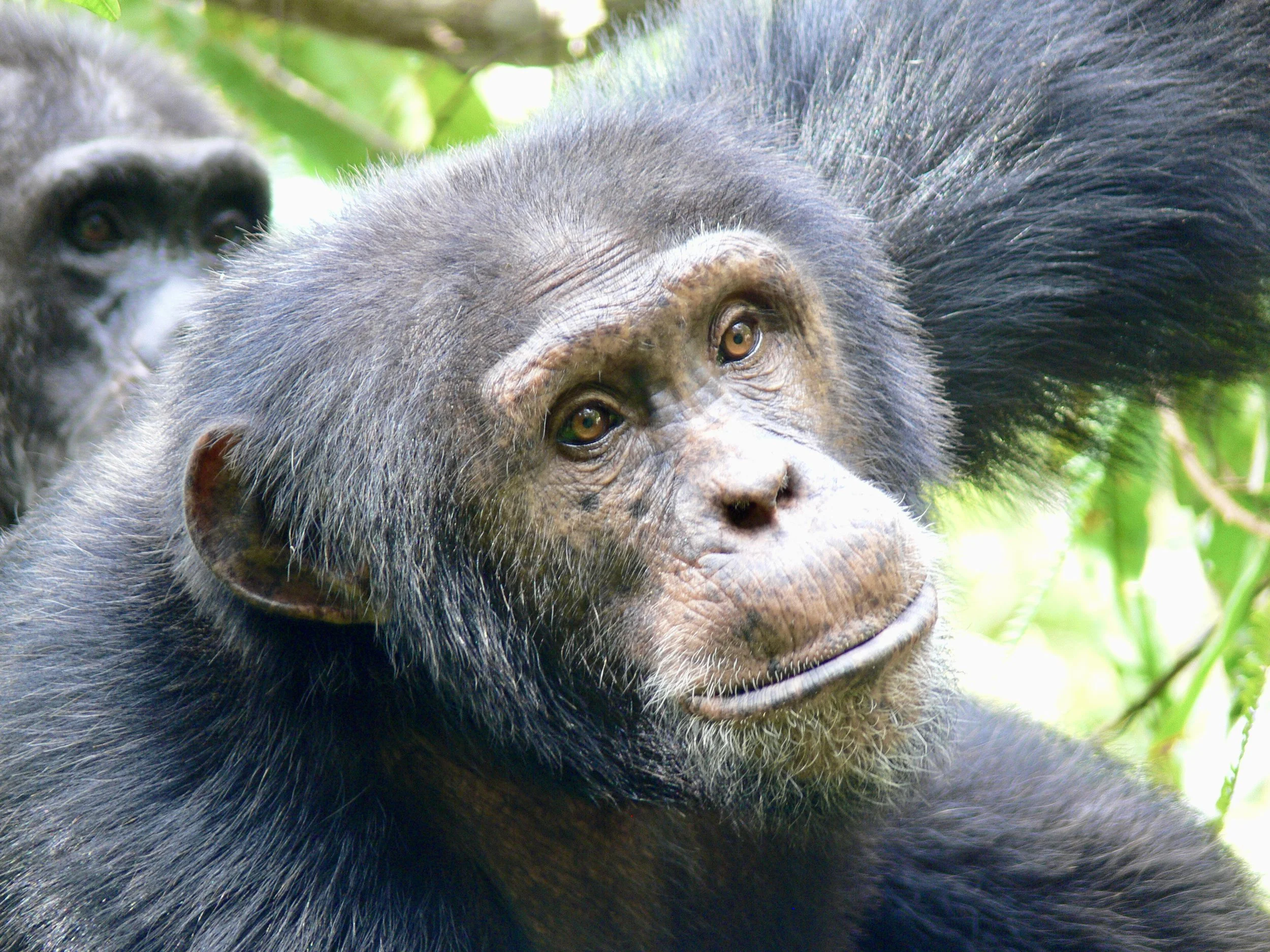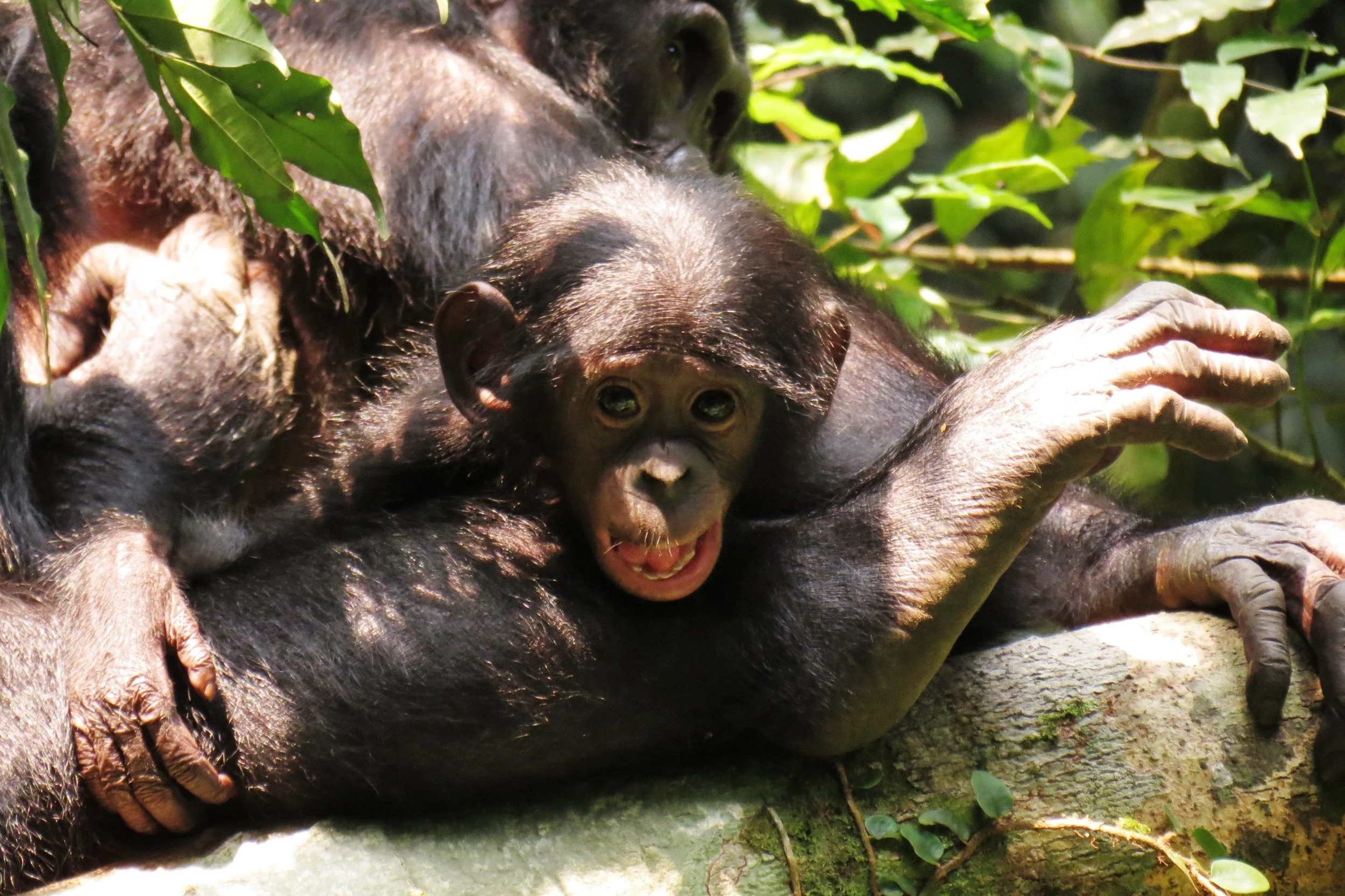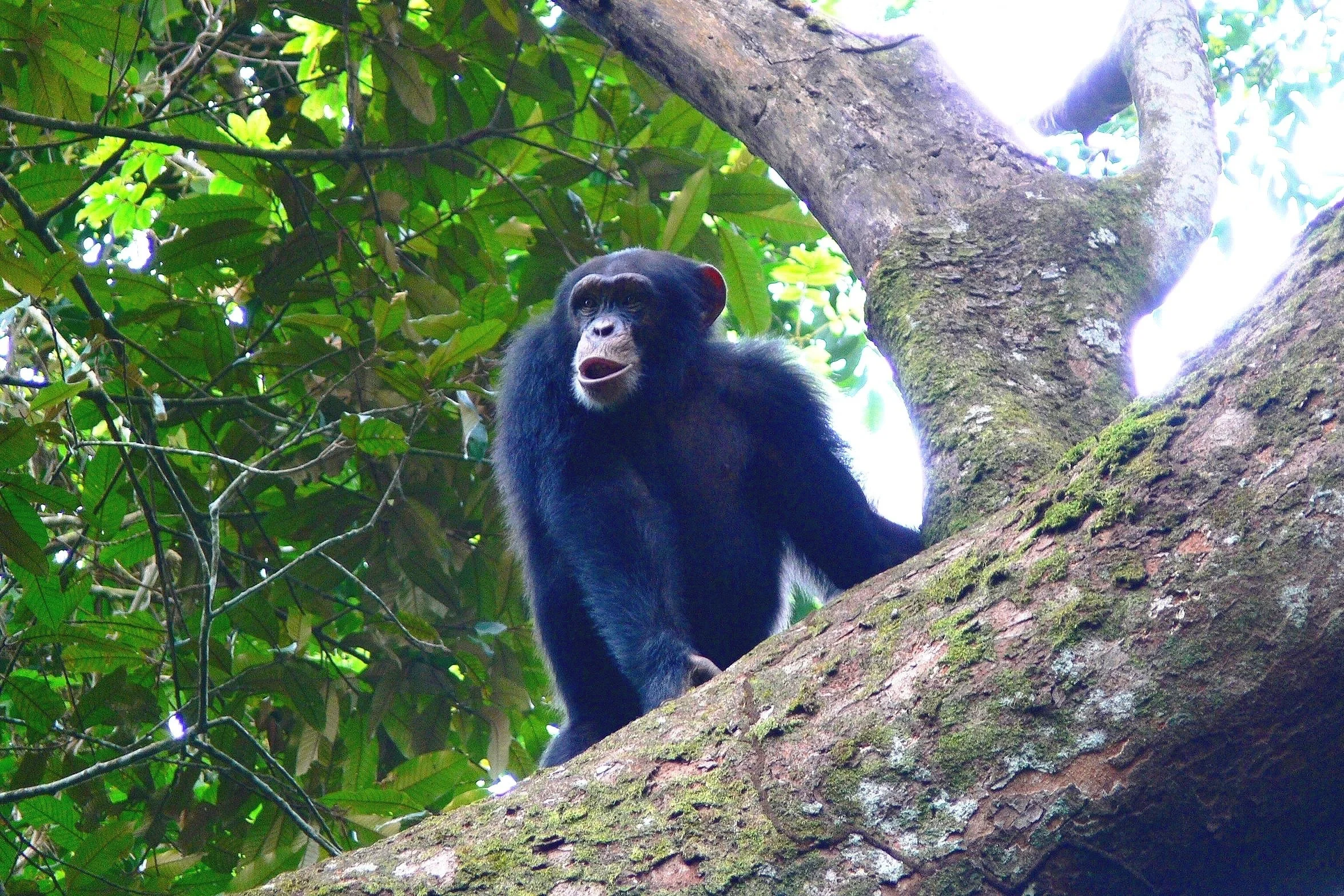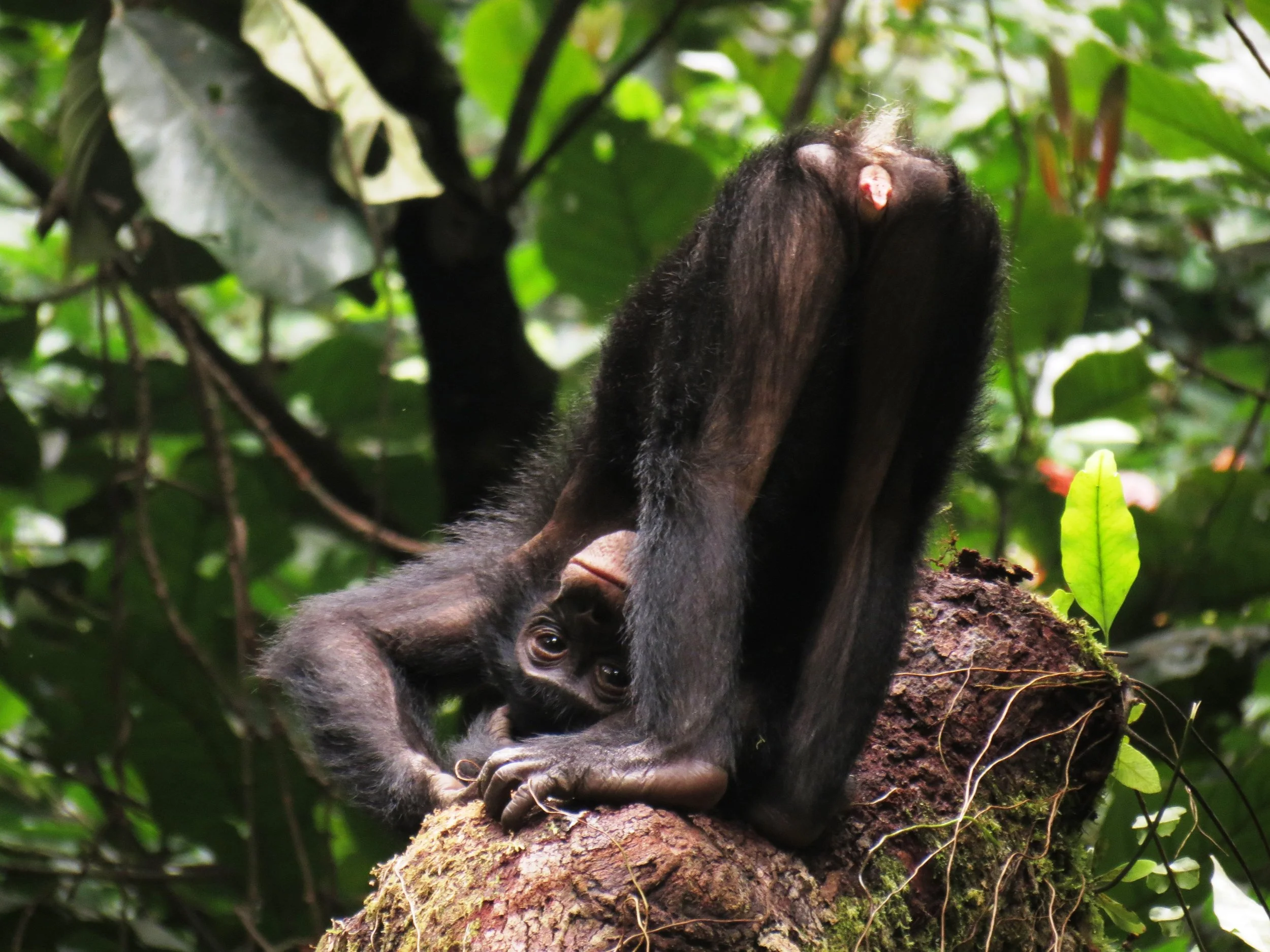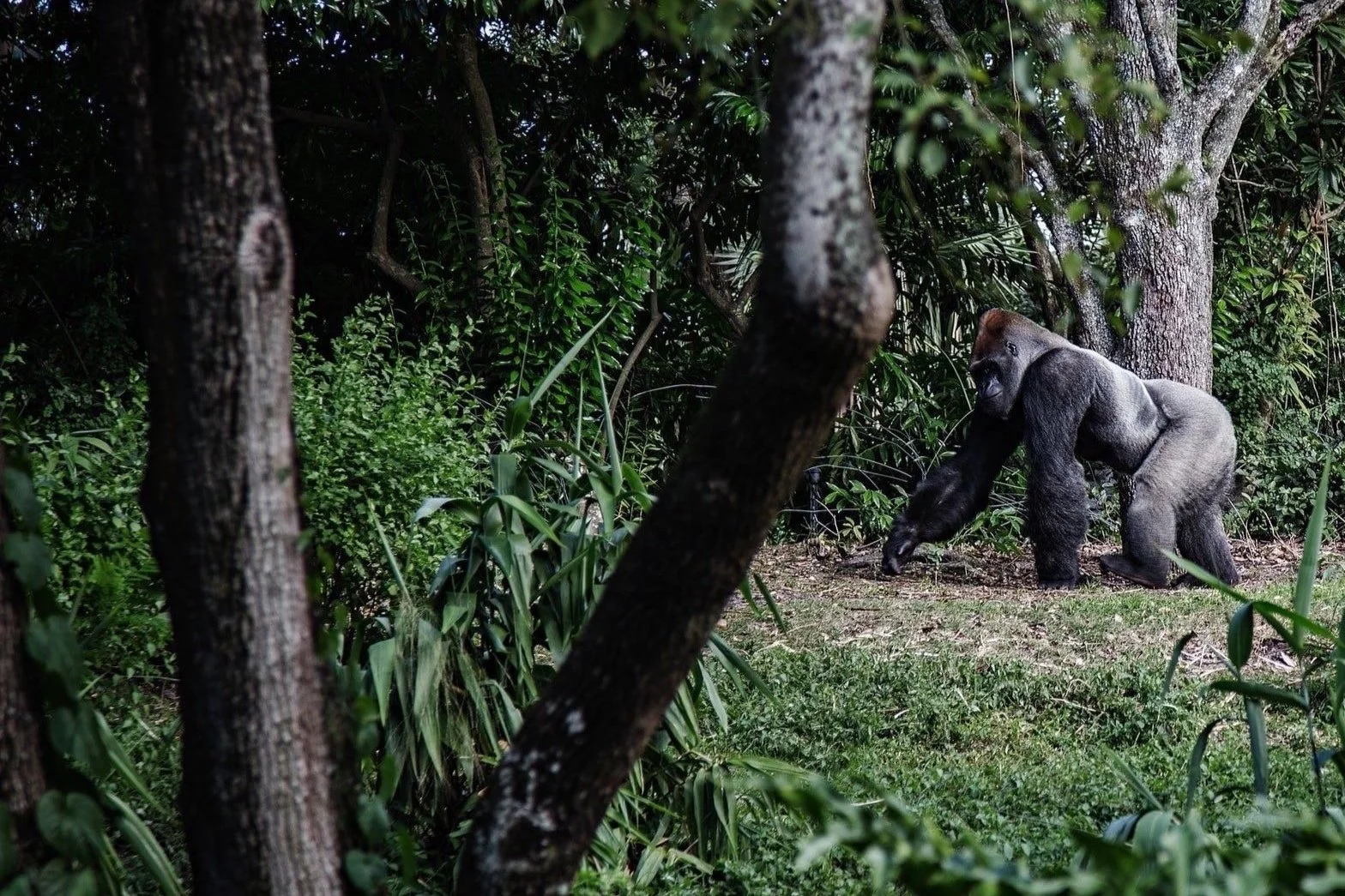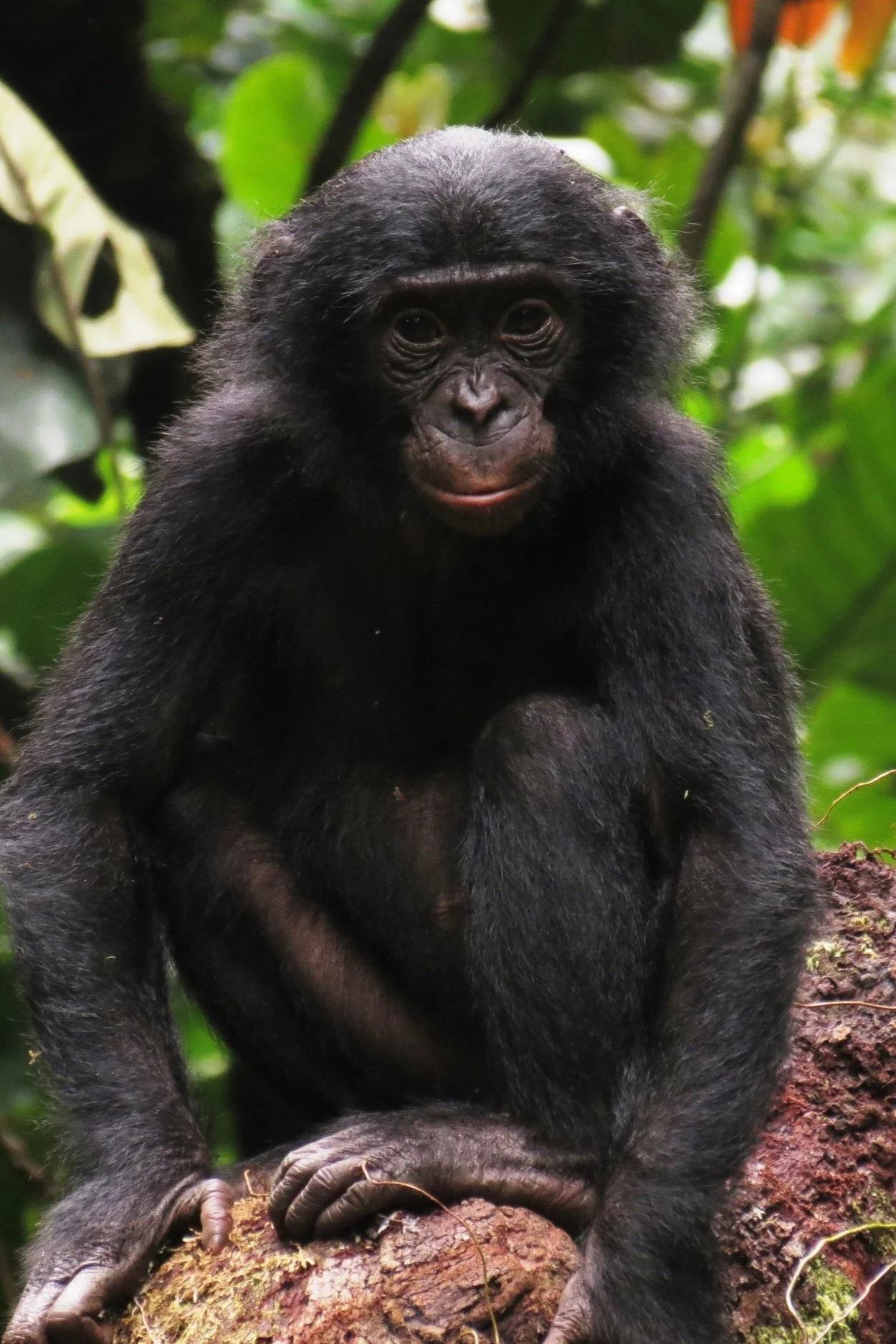Featured
The Creative Ape Project
Creativity is central to our species’ extraordinarily rich behavioural variation, and to our ability to adapt, innovate, and thrive in a rapidly changing world. In many ways, humans are the ‘Creative Ape’. While clearly exceptional–whether human creativity uniquely defines us remains unknown. The Creative Ape Project investigates the evolution of creativity by examining its expression in our closest living relatives: chimpanzees and bonobos. By quantifying, for the first time, the creative capacities of wild non-human apes, we will establish whether and how humans are uniquely creative, along with the underlying drivers that shape creative expression across species. The project explores four interconnected topics: i) Making mavericks, ii) Funny guys and arty-types, iii) Lone ape geniuses, and iv) Creative ape economies. We employ a comprehensive approach that leverages long-term datasets, new field data, detailed manual video-coding, bespoke automated deep-learning models, and advanced modelling, to extract rich information on the ways in which apes solve problems in their daily lives. With a collective 200+ years of observations across sites and individuals, our project uses video and observational data across communities of wild chimpanzees and bonobos who live in the rainforests, mountains, and savannas of Africa.
The Creative Ape Team
The Creative Ape Project is co-led by (creative apes) Prof. Kathelijne Koops here at the University of Zurich and Prof. Cat Hobaiter at the University of St Andrews.
Follow us on bluesky (@kathelijnekoops.bsky.social @nakedprimate.bsky.social)

